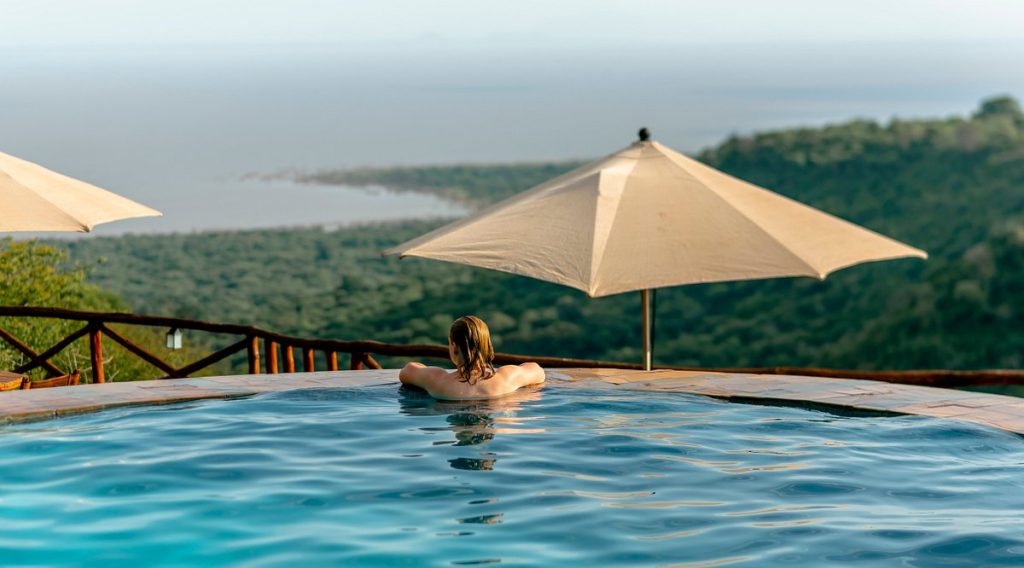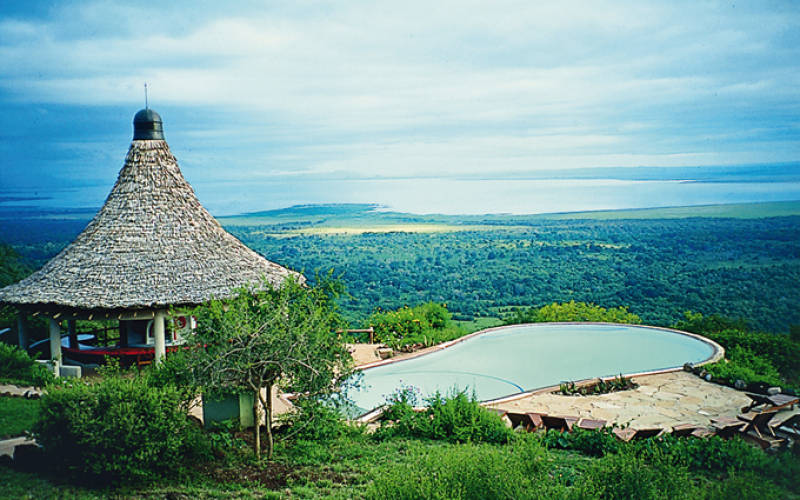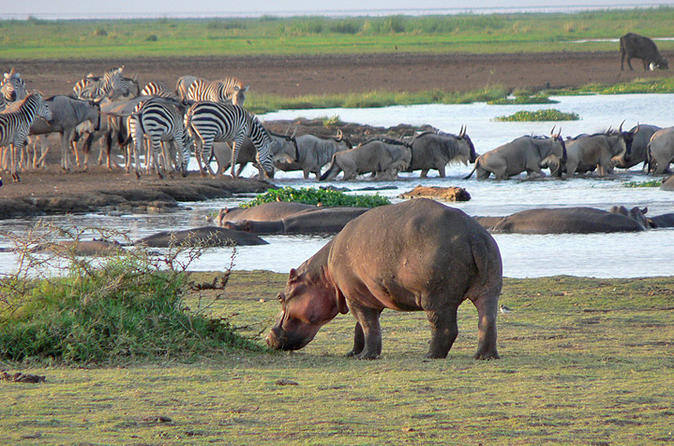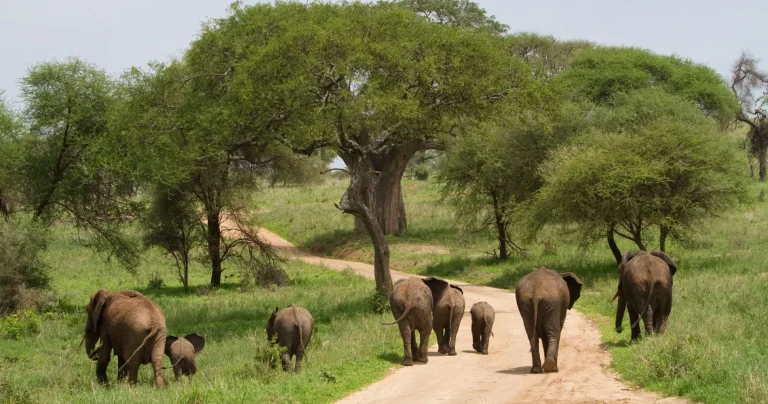The Stunning Landscape of Lake Manyara




Landscape of Lake Manyara
The landscape of Lake Manyara in Tanzania is a visual masterpiece, known for its breathtaking diversity, vibrant colors, and spectacular vistas. Nestled along the edge of the Great Rift Valley, this landscape is a blend of shimmering waters, lush forests, savannas, and steep escarpments that create an immersive experience for nature lovers and adventure seekers. From dense woodlands to sweeping open plains, the varied terrain of Lake Manyara National Park offers an unforgettable setting for wildlife viewing, photography, and exploration.
The Unique Ecosystem of Lake Manyara
One of the most captivating aspects of Lake Manyara’s landscape is its incredible diversity of habitats packed within a relatively small area. Each ecosystem—from groundwater forests and hot springs to floodplains and acacia woodlands—offers a different experience and brings together a range of wildlife and plant species.
- The Great Rift Valley Escarpment
- Lake Manyara lies at the foot of the towering Great Rift Valley escarpment, which rises dramatically up to 600 meters above the valley floor. This steep, rugged cliff provides a stunning backdrop to the lake and offers panoramic views over the park’s varied landscapes.
- The escarpment is covered in lush vegetation, especially during the rainy season, and provides a habitat for many animals. It also offers breathtaking viewpoints where visitors can take in the vast expanse of the lake and its surroundings.
- The Alkaline Lake Manyara
- The lake itself, a shallow alkaline body of water, is central to the park’s landscape and is an essential resource for wildlife. Spanning 50 kilometers in length, Lake Manyara’s waters reflect the changing colors of the sky and are especially stunning at sunrise and sunset.
- The lake’s high salt content supports a wealth of birdlife, particularly flocks of pink flamingos that dot its shores. The changing water levels of the lake with the seasons create a dynamic shoreline, altering the landscape throughout the year.
- Groundwater Forests
- Near the entrance to Lake Manyara National Park, visitors are welcomed by lush groundwater forests. These dense woodlands are fed by underground springs, creating a green oasis even during the dry season.
- Towering mahogany and fig trees make up this forest, offering shade and shelter to baboons, blue monkeys, and various bird species. The contrast between the lush forest and the open lake creates a beautiful juxtaposition and adds depth to the park’s scenery.
- Acacia Woodlands and Open Plains
- Moving further from the lake, the landscape transitions into acacia woodlands and open savannas, home to some of the park’s iconic wildlife like elephants, giraffes, and the famous tree-climbing lions.
- The woodlands provide a scenic, tranquil setting with the occasional wildlife sightings. During the dry season, these open plains showcase golden grasses that blend seamlessly with the park’s other ecosystems, creating a warm and inviting landscape.
- Hot Springs and Alkaline Flats
- At the southern end of the park, hot springs bubble up from the earth, adding a unique geothermal feature to Lake Manyara’s landscape. The springs create small pools and release steam into the air, contrasting with the cool blue waters of the lake.
- The surrounding area is covered in alkaline flats, a salty landscape with a rugged beauty that attracts flamingos and other waterbirds, especially during the wet season. These flats serve as a reminder of Lake Manyara’s volcanic origins, adding another layer to the park’s varied geography.
Captivating Views and Scenic Spots
The landscape of Lake Manyara offers numerous vantage points and scenic spots for soaking in the park’s natural beauty:
- Lake Manyara Scenic Overlook: This popular viewpoint along the escarpment offers a bird’s-eye view of the lake, with its shimmering waters extending across the horizon. From this height, the park’s mosaic of ecosystems is visible, giving visitors a comprehensive view of the park’s vastness and diversity.
- Hippo Pools: Near the edge of the lake, the hippo pools offer a chance to see these enormous animals up close while enjoying the stunning scenery around them. The pools are often surrounded by flocks of waterbirds, creating a beautiful mix of wildlife against the lake’s reflective surface.
- Hot Springs Area: The hot springs provide a unique and picturesque landscape with steam rising from the pools and contrasting with the dry, cracked earth around them. The bubbling springs, combined with the nearby lake, offer a one-of-a-kind spot for photography and viewing.
Wildlife in the Scenic Landscape
The diverse landscape of Lake Manyara is home to an abundance of wildlife, making it one of Tanzania’s most rewarding parks for animal sightings. Different species thrive in the distinct habitats, creating a vibrant ecosystem:
- Tree-Climbing Lions: Lake Manyara is famous for its lions that often perch in the branches of acacia trees, an unusual behavior that adds an element of mystery and uniqueness to the landscape.
- Elephants in the Forests: The groundwater forests are home to large herds of elephants. Watching these gentle giants move through the dense, green forest is a powerful experience that adds to the park’s visual appeal.
- Flamingos and Other Birdlife: Lake Manyara’s shores come alive with color, thanks to the thousands of pink flamingos that gather here. They create a mesmerizing sight as they wade along the lake, adding a vibrant splash of color to the blue-green landscape.
- Baboon Troops and Blue Monkeys: The lush forests are also home to large troops of baboons and playful blue monkeys, often seen foraging or resting in the trees. These sightings bring energy and excitement to the landscape, especially for visitors exploring the forested areas.
Best Times to Experience Lake Manyara’s Landscape
The beauty of Lake Manyara’s landscape changes with the seasons:
- Wet Season (November to May): During the rainy season, the park’s foliage becomes lush and vibrant, and the lake’s water levels rise, creating a more expansive shoreline. This is the best time for bird watching, as migratory birds arrive, and the flamingo flocks are at their peak.
- Dry Season (June to October): As the vegetation recedes, wildlife becomes easier to spot, especially large mammals gathering around water sources. The landscape takes on warmer tones, with golden grasses and clear blue skies, perfect for panoramic photography and sightseeing.
Lake Manyara for Photographers and Nature Lovers
For photographers, Lake Manyara is a dream destination, with its stunning contrasts of light, color, and texture. The reflections on the lake, the silhouettes of trees against the sky, and the varied terrain offer endless opportunities for capturing beautiful moments. Sunrise and sunset add extra layers of color and depth to the landscape, making these times ideal for capturing the park at its most breathtaking.
Embracing the Tranquility of Lake Manyara’s Landscape
The landscape of Lake Manyara is not only visually stunning but also offers a peaceful, meditative atmosphere that invites visitors to unwind and appreciate nature. Walking through the forest trails, observing the wildlife along the lake, or simply sitting at a scenic overlook can be a deeply calming experience. The beauty of Lake Manyara lies not just in its visual appeal but also in the sense of serenity it provides.
Conclusion: A Landscape Like No Other
Lake Manyara’s landscape is a celebration of nature’s diversity, offering a patchwork of lush forests, open savannas, shimmering waters, and rugged cliffs. For travelers seeking a destination that combines natural beauty with a rich array of wildlife and habitats, the landscape of Lake Manyara is unparalleled. Whether you’re here to photograph flamingos along the lake, witness elephants in the forests, or simply take in the panoramic views from the Rift Valley, Lake Manyara’s landscape promises a memorable and awe-inspiring experience that captures the essence of Tanzania’s wild beauty.


One Comment